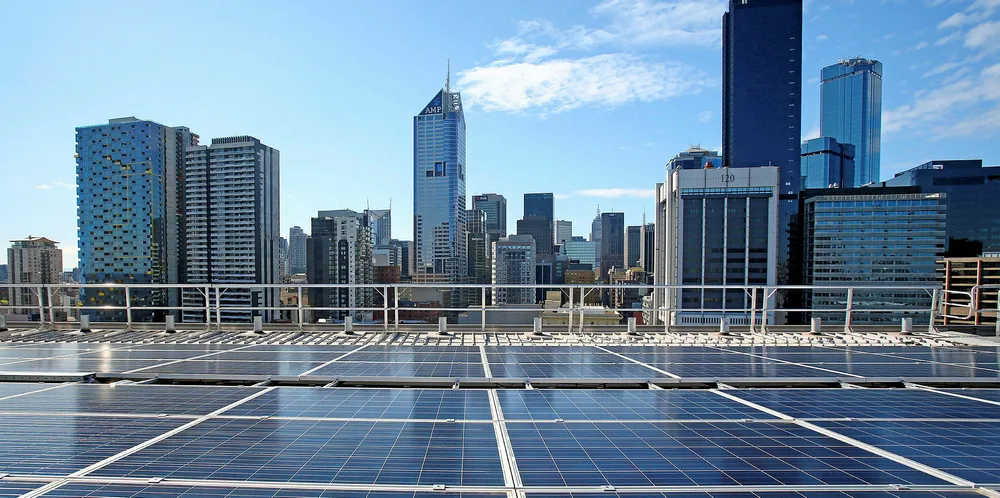Global solar growth slides 18% as Covid-19 hits market: WoodMac
Analyst group revises 2020 forecast down to 106GW over unprecedented impact from coronavirus lockdowns

Analyst group revises 2020 forecast down to 106GW over unprecedented impact from coronavirus lockdowns
